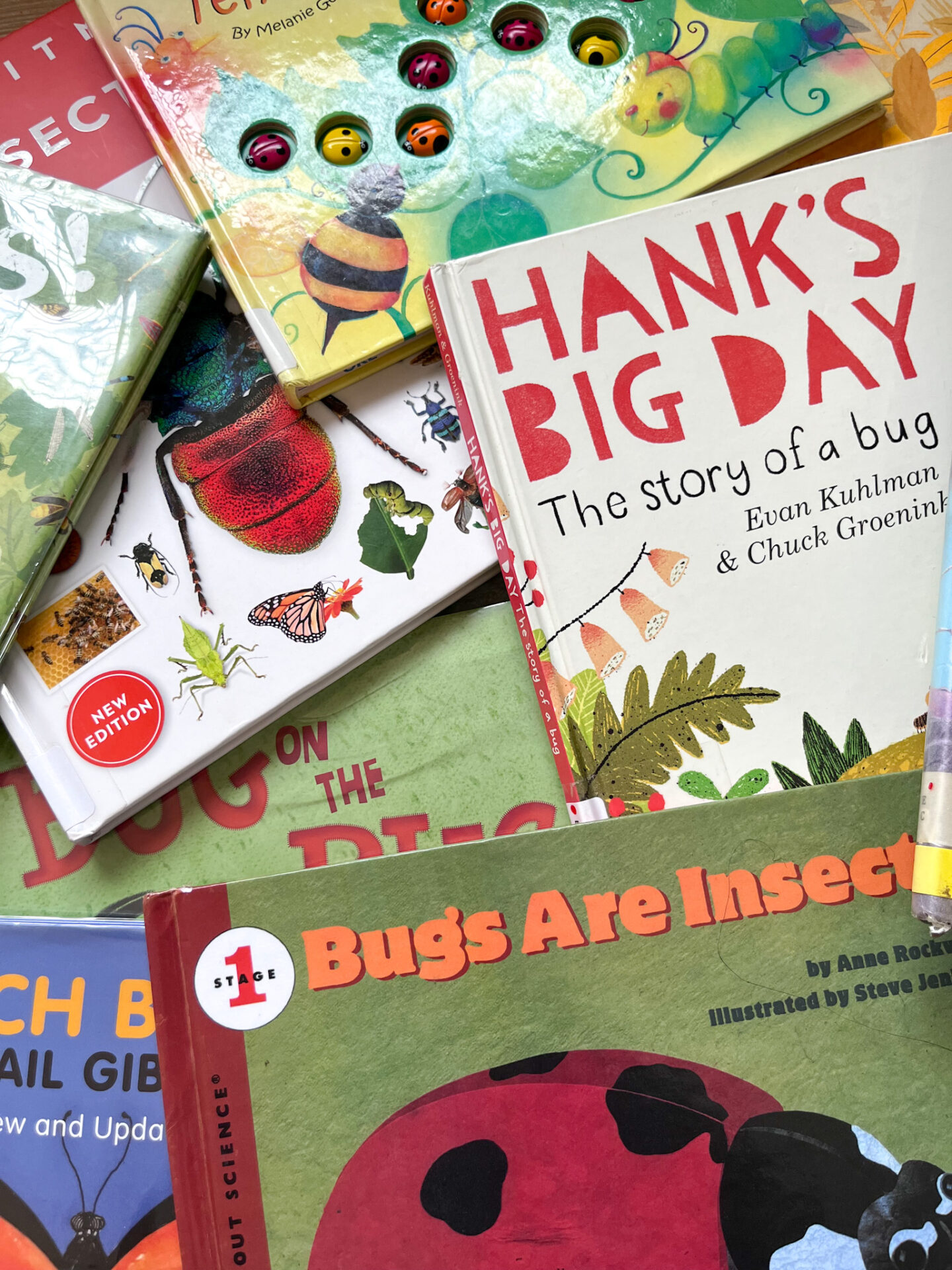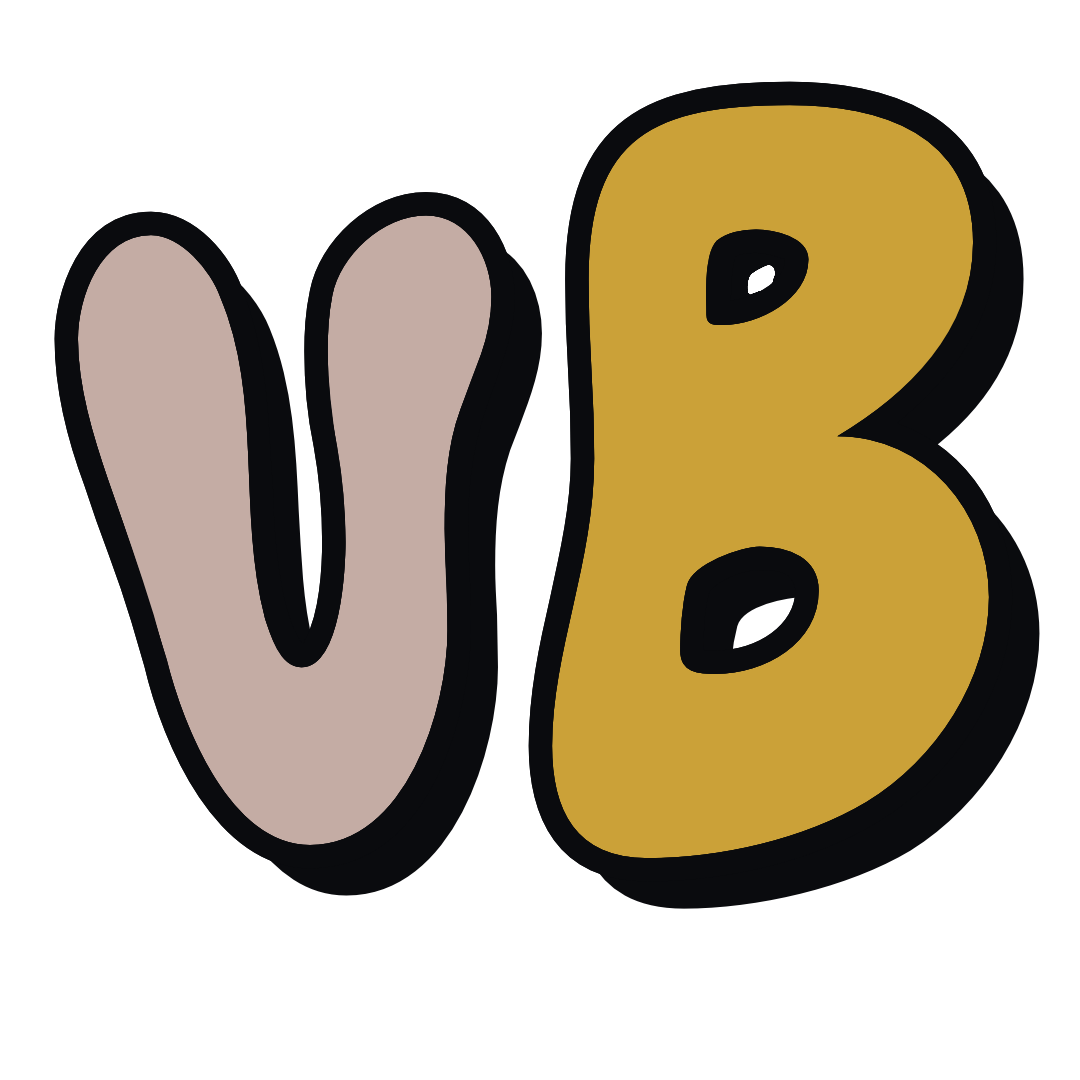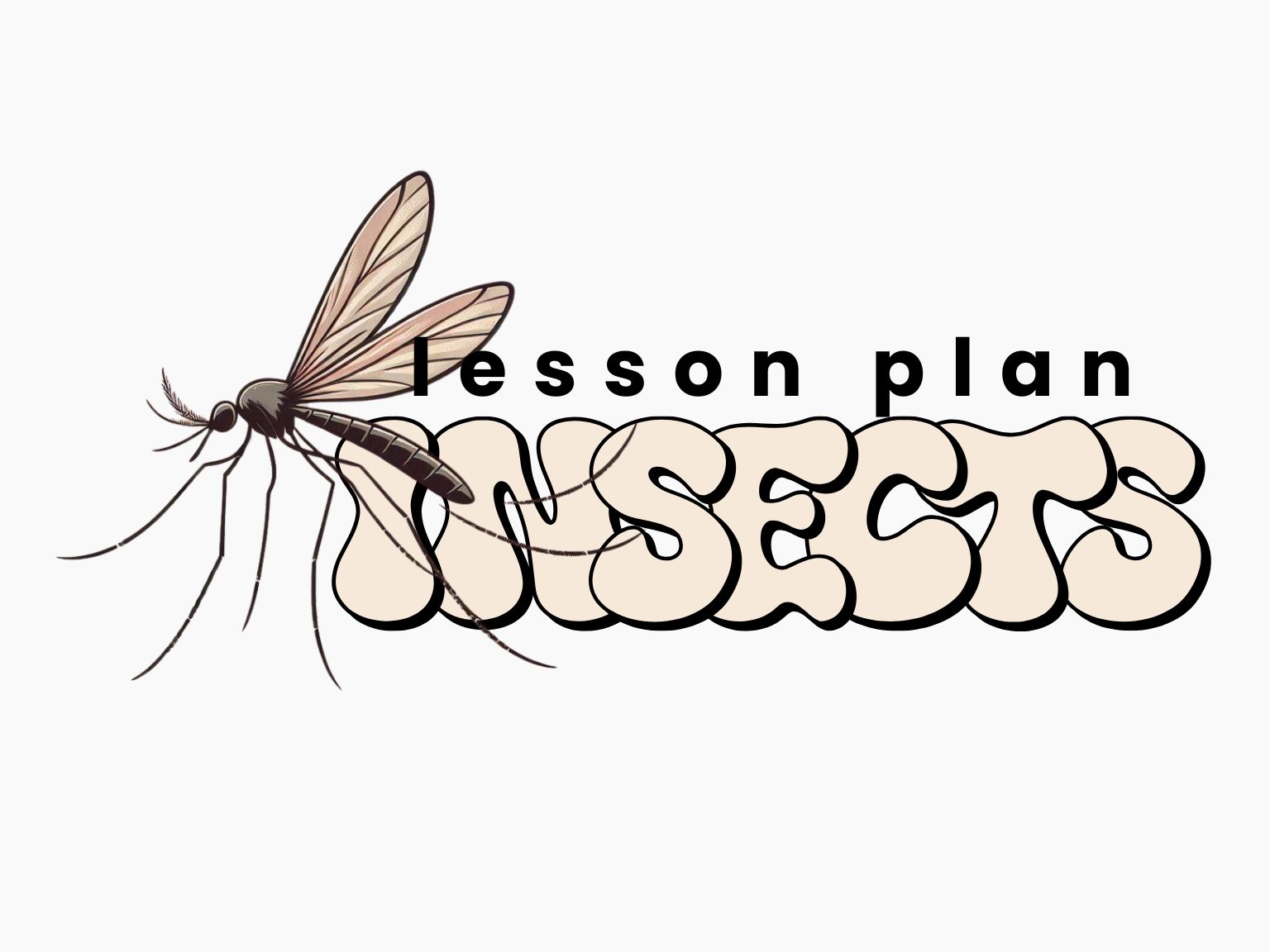VandissaB. is reader-supported. When you buy through the links on this blog, we may earn an affiliate commission, at no cost to you. Thank you for the support!
As of this post, Bug is 5 years old. Chunk, her little brother, just turned 3. They are technically in Kindergarten and TK.
creepy crawlies
This lesson I timed up nicely in October. During our break we visited Waimanlo Country Farms, one of our favorite little autumn outings. They’ve got animals to check out there but they also offer sunflower fields and a pumpkin patch. This year we actually arrived at a time when they still had plenty of both, sunflowers and pumpkins. So, we dissected each and then built out lessons for next month off of the fun we’d had.
I chose to make insects the first week of our October lessons because we planned to go camping for the tale end of the week. Our Self Exploration this month is also around fear and being afraid of things. Next week we will focus on monsters, and the last week will be on bats. This month’s topics rolled together nicely with Halloween so we are really enjoying it.
What is an insect? What is an arachnid?
The characteristics of an insect was the bulk of this week’s lessons. We looked into about twenty insects total and touched more on those my kiddos preferred.
I developed all of their handwriting practice and coloring pages for the week around the insects we learned about. The kids learned the anatomy of an insect, along with some relevant vocabulary words this week. All of our handwriting this time was in both print and cursive. You can see the worksheets as part of the full lesson plan here.
We briefly touched on the differences between insects and arachnids as well. (I also looked up the definition of a bug, just for my own knowledge in guiding Bug and Chunk.) Since the theme was loosely based around creepy things this month it made sense to discuss the similarities and differences between insects and arachnids.
Insects Are Useful
Personally I used this portion to explain why we don’t just smash the pests that invade our home. Living in Hawaii we have our own special slew of critters and this helped open the minds of everyone in our family. In our preparations for camping we also utilized more meaningful approaches towards the insects, it was awesome. A great example of knowing better resulting in doing better.
Exploring Insects & Arachnids in Nature
Like I mentioned earlier, we went camping during our week on Insects so I used this as a nice little expansion on our lesson. That said, most of what we did could take place pretty much anywhere. A few ideas to get more hands on with insects:
- Grab a resin bug magnification kit and see the insects from all angles.
- Step outside and find an insect. Have the child follow it’s path and either write or draw what they observed.
- Play an insect board game like Snug as a Bug in a Rug, The Ladybug Game, or Cootie. We picked ours up from the library and thoroughly enjoyed all three. The Ladybug Game felt a little advanced for us at first (and was also missing a few pieces) but my daughter ended up getting much more competitive with it once we got the hang of it.
- Go on a nature walk and look for insects. We brought an old bug catching kit along with us and kept it right outside our tent. The kids used their tweezers to capture small insects and place them inside. They used the magnifying glass when they were able to find a dead insect and investigated those. Once they were done peering at an insect we took it back out into the trees and released them.
- Let your kiddo explore a bug life cycle kit.
- Try illustrating or painting some insects or arachnids. I share a couple video tutorials we tried in the Notion lesson plan.
- Visit a local beekeeper or farm. Some provide tours that let you see the man-made habitats some insects thrive in.
Related Post: Lesson Plan: China

Insect & Arachnid Books and Videos
This was one of those subjects that had a plethora of options to choose from when it came to finding resources. This is only a few of the books we enjoyed this week. If you want a full list of all the books, videos, and craft projects we utilized for this lesson, you can check out the Notion page here. It’s also got the source list for all of the references I used, too.
Reference Books I Used
- Innumerable Insects: The Story of the Most Diverse and Myriad Animals on Earth by Micheal S. Engel
- Eyewitness Insect by DK
- Slow Down: 50 Mindful Moments in Nature by Rachel Williams
- Nature Anatomy: The Curious Parts & Pieces of the Natural World by Julia Rothman
Insect (& Arachnid) Books the Kids Enjoyed Most
- In The Tall, Tall Grass by Denise Fleming
- Steve the Dung Beetle on a Roll by Susan R. Stoltz
- Bug on the Rug by Sophia Gholz
- Ten Little Ladybugs by Melanie Gerth
- Crickwing by Janell Cannon
- Hotel for Bugs: A Celebration of Difference and Inclusivity! by Suzy Senor
- Monarch Butterfly by Gail Gibbons
- Spiders by Gail Gibbons
- Ladybugs by Gail Gibbons
- 100 Bugs! A Counting Book by Kate Narita
- Bugs Are Insects by Ann F. Rockwell
I hope this lesson planner gives you some fun and practical ideas for exploring the world of insects and arachnids with your little ones. For us, learning is curiosity-based, playful, and as hands-on as possible. My kids also love being read to so the read-aloud sessions get super cozy and intense. Adapt the things I’ve shared her to your child’s pace and style and interests as you see fit. Happy homeschooling and I’ll see you in the next one.


Leave a Reply